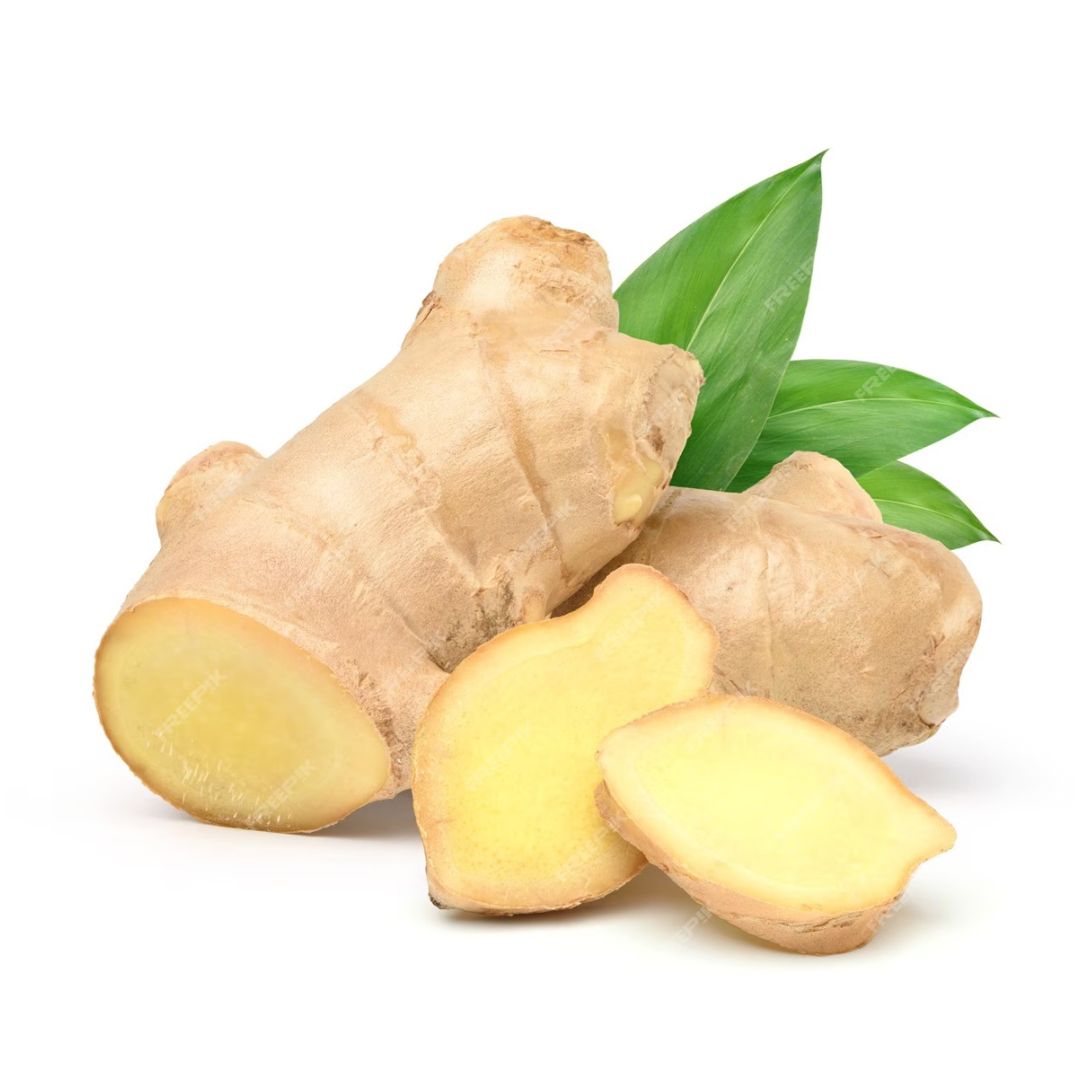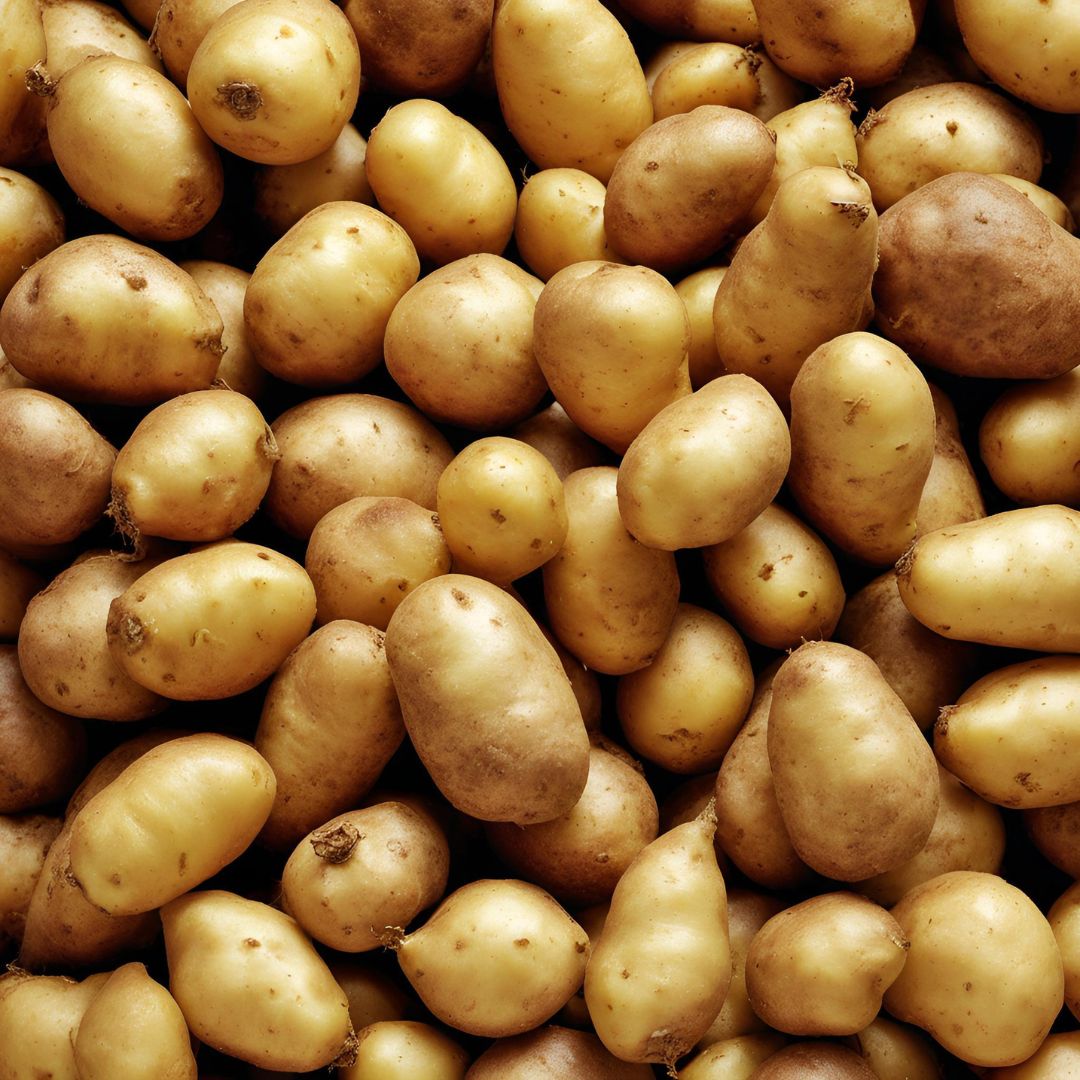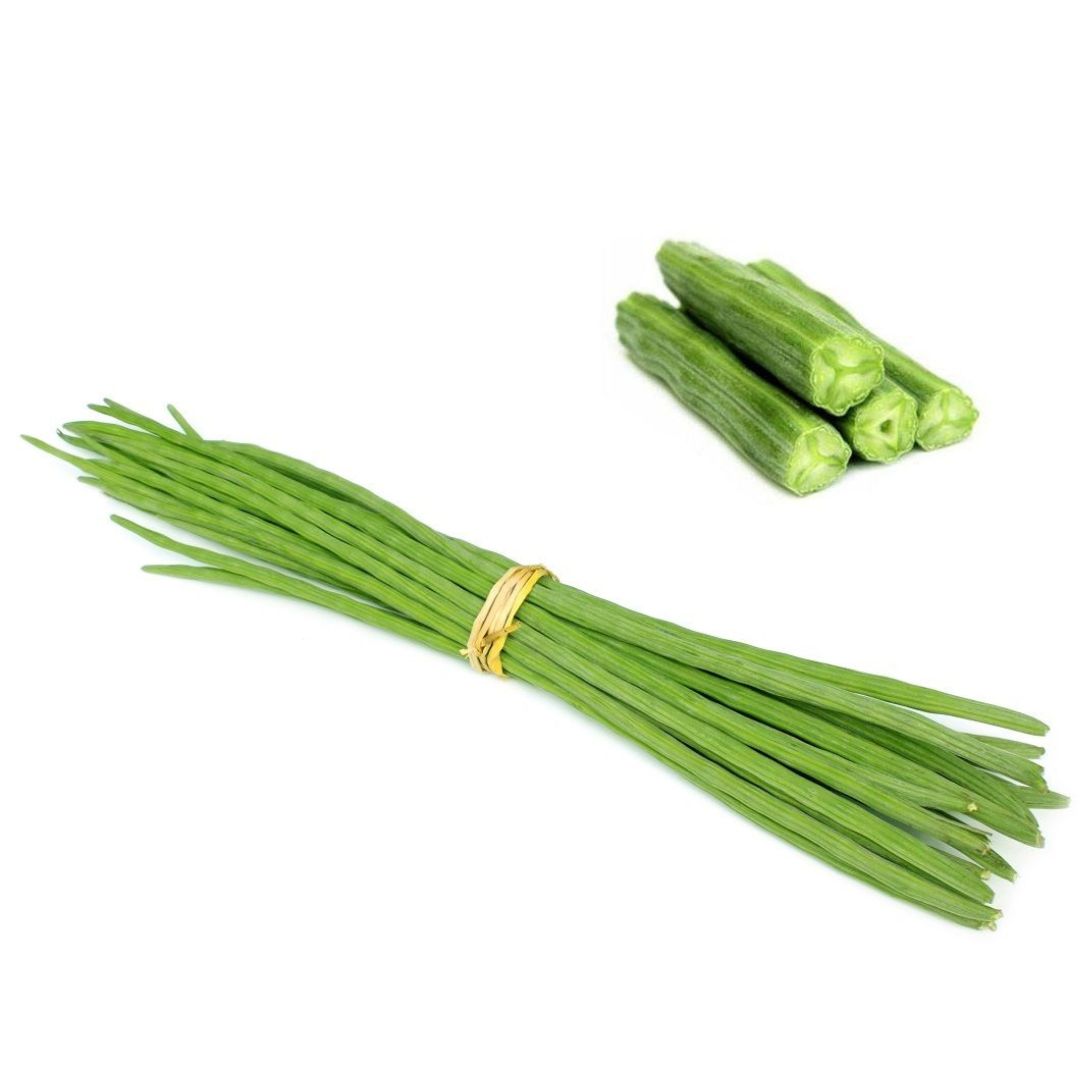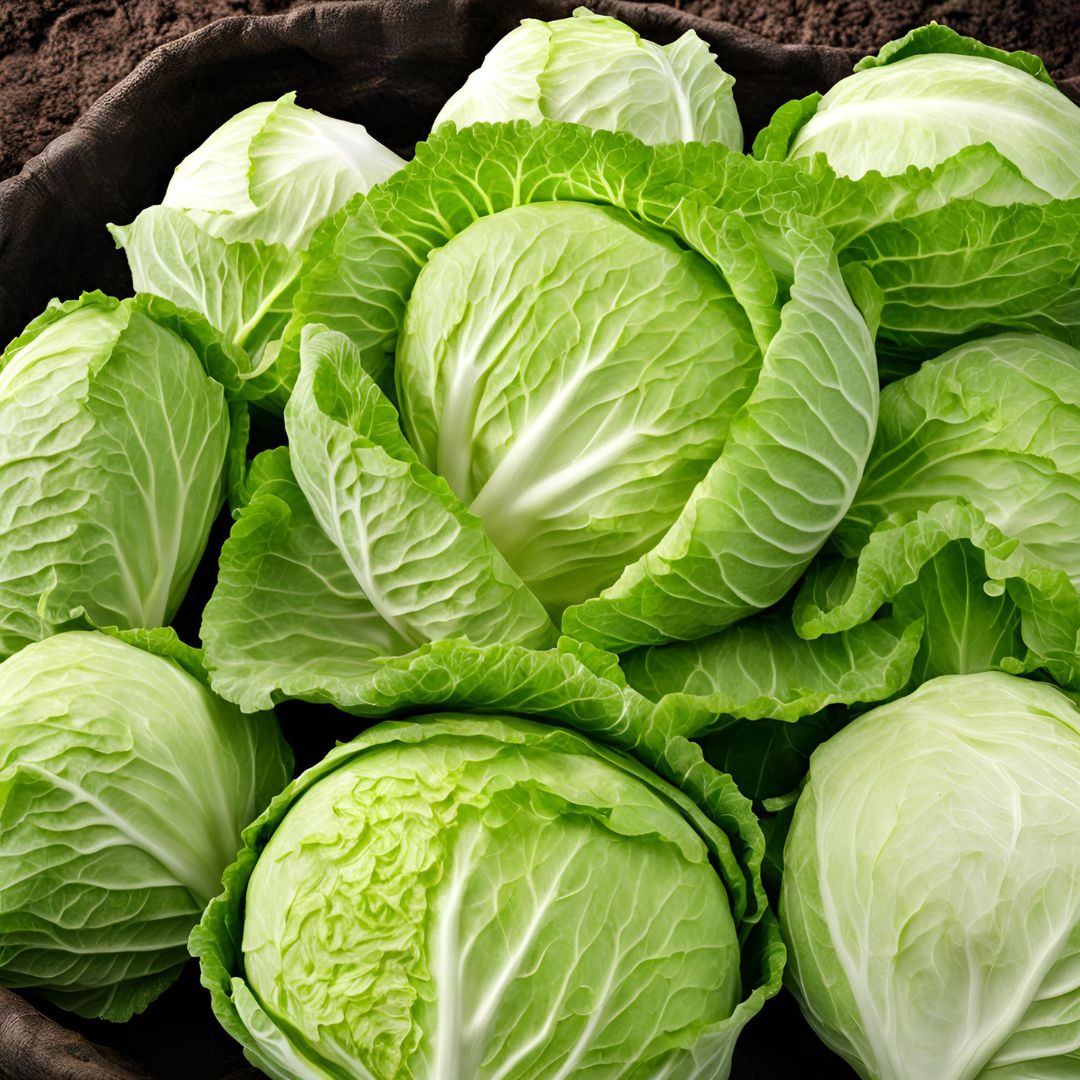Major Varieties of Indian Ginger
1. Madhura Ginger:
• Known for its rich flavor and moderate spiciness.
• Grown mainly in regions like Kerala and Tamil Nadu.
2. Nellore Ginger:
• Originating from Andhra Pradesh, this variety is prized for its strong flavor and high yield.
• Popular in the domestic and international spice trade.
3. Coastal Ginger:
• Cultivated in coastal regions of Karnataka, Maharashtra, and Goa.
• Notable for its tender texture and aromatic properties.
4. Organic Ginger:
• Increasingly popular in both domestic and international markets due to its natural cultivation methods and lack of chemical residues.
Top Ginger-Producing States in India
1. Kerala: The largest producer of ginger in India, especially in regions like Idukki, Wayanad, and Thrissur.
2. Tamil Nadu: Known for ginger production in areas like Coimbatore and Dindigul.
3. Karnataka: A major ginger-growing state, particularly in the coastal districts of Dakshina Kannada.
4. Andhra Pradesh: Significant production, especially in the Nellore region.
5. West Bengal: Emerging as a strong producer, particularly in the hilly areas of Darjeeling.
Packaging and Transportation
1. Packaging Standards:
• Fresh ginger is typically packed in jute bags, net bags, or ventilated cartons (10kg, 15kg, or 25kg).
• Packaging must ensure proper ventilation to prevent moisture buildup and preserve freshness.
• Labels should indicate the variety, grade, weight, and country of origin.
2. Storage and Transport:
• Ideal temperature: Store fresh ginger at 12-15°C to maintain freshness and prevent spoilage.
• Humidity: Maintain moderate humidity (60-70%) to avoid dehydration.
• Ginger should be transported in refrigerated containers to maintain quality, especially for long-distance shipments.
Advantages of Indian Fresh Ginger
1. High Quality:
• Indian ginger is known for its strong aroma, flavor, and vibrant appearance, making it a preferred choice in global markets.
2. Medicinal Properties:
• Ginger has anti-inflammatory, digestive, and antioxidant properties, making it highly sought after for both culinary and medicinal use.
3. Cost-Effective:
• India’s large-scale production of ginger ensures competitive pricing in international markets.
4. Versatility:
• Fresh ginger is used in a variety of industries, including culinary (spices, sauces, and pastes), pharmaceutical (medicinal use), and cosmetics (essential oils and skincare products).
Challenges in Ginger Export
1. Perishability:
• Fresh ginger has a limited shelf life and requires careful handling and cold chain management during export.
2. Quality Control:
• Ensuring consistent quality and proper sorting of ginger for export can be challenging due to variations in size, shape, and appearance.
3. Market Competition:
• Competing with other ginger-producing countries such as China, Nigeria, and Thailand.
4. Price Fluctuations:
• Ginger prices can fluctuate due to factors like weather conditions, supply-demand imbalances, and production costs.
Opportunities
1. Organic Ginger:
• There is growing demand for organic ginger in international markets, driven by consumer preferences for chemical-free and natural products.
2. Processed Ginger Products:
• Exporting processed ginger products such as ginger paste, ginger powder, ginger oil, and preserved ginger can add value and extend shelf life.
3. Health Trends:
• With rising health consciousness, ginger’s role in boosting immunity, aiding digestion, and reducing inflammation is becoming more prominent, creating export opportunities.
4. Ginger Extract:
• The demand for ginger extracts in the pharmaceutical and wellness sectors is on the rise, particularly in markets such as Europe and North America.




